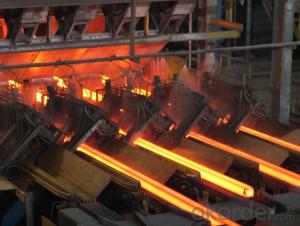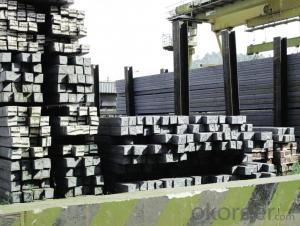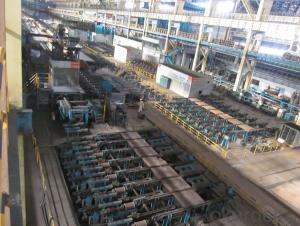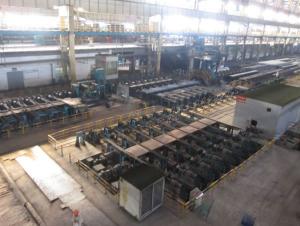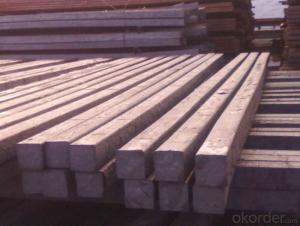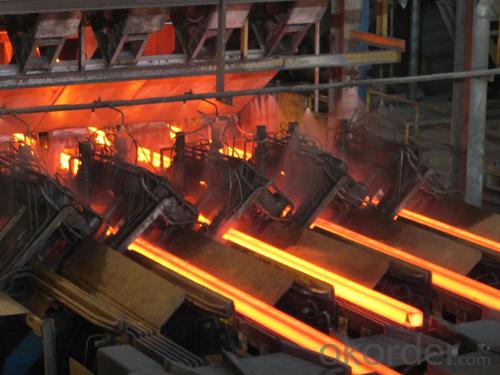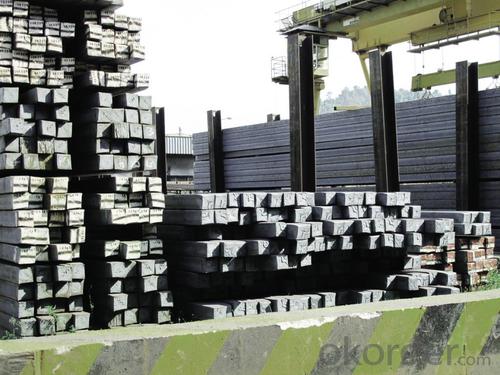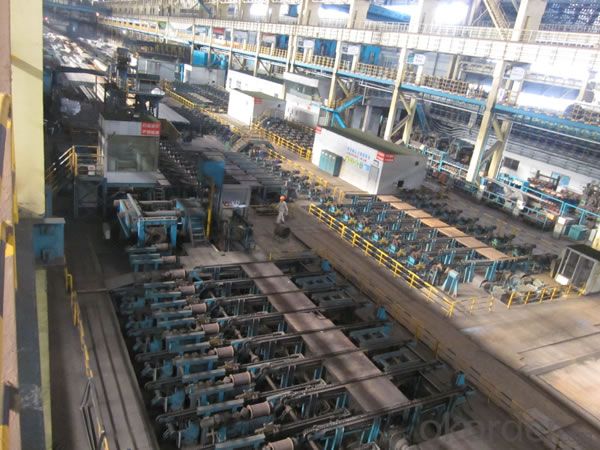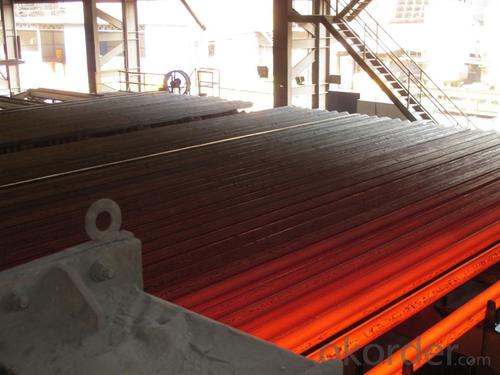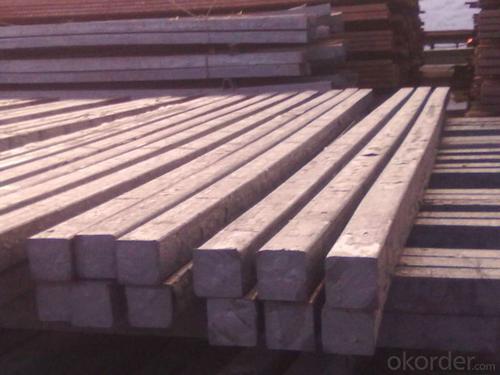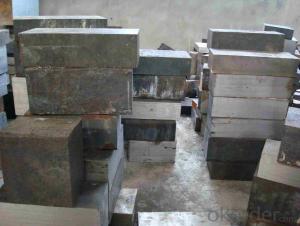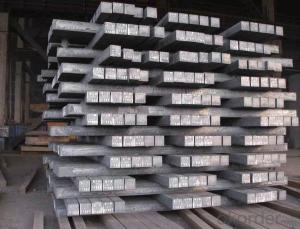Prime quality prepainted galvanized steel 690mm
- Loading Port:
- Tianjin
- Payment Terms:
- TT OR LC
- Min Order Qty:
- 100 m.t.
- Supply Capability:
- 10000 m.t./month
OKorder Service Pledge
OKorder Financial Service
You Might Also Like
Construction building material galvanized color prepainted cold
rolled steel coil
Prepainted steel sheet is coated with organic layer, which provides higher anti-corrosion property and
a longer lifespan than that of galvanized steel sheets.
The base metals for prepainted steel sheet consist of cold-rolled, HDG electro-galvanized and hot-dip
Alu-zinc coated. The finish coats of prepainted steel sheets can be classified into groups as follows:
polyester, silicon modified polyesters, polyvinylidene fluoride, high-durability polyester, etc

Standard and Grade :
Pre-paint galvanized steel coil | ||||
ASTM A755M-03 | EN10169:2006 | JISG 3312-2012 | ||
Commercial quality | CS | DX51D+Z | CGCC | |
Structure steel | SS GRADE 230 | S220GD+Z | CGC340 | |
SS GRADE 255 | S250GD+Z | CGC400 | ||
SS GRADE 275 | S280GD+Z | CGC440 | ||
SS GRADE 340 | S320GD+Z | CGC490 | ||
SS GRADE550 | S350GD+Z | CGC570 | ||
S550GD+Z | ||||
Application:
Outdoor | Roof, roof structure, surface sheet of balcony, frame of window, door of garage, rolled shutter door, booth, Persian blinds, cabana, etc |
Indoor | Door, isolater, frame of door, light steel structure of house, home electronic appliances, ect. |
Specifications
Commodity Name: Prepainted Galvanized Steel Coil
Standard: AISI, ASTM, DIN, GB, JIS
Grade: TDC52D+Z
Thickness 0.13-8.0mm
Width:600mm-1350mm
Zinc Coating:275g/m2
Polyester Coating Thickness:Top and Back coating thickness depend by Buyer Requirement.
Polyester Coating Type:2/2,1/2m,1/2.
Polyester Type: Polyester, silicone modified polyester, high durability polyester (HDP), polyvinylidene fluoride (PVDF)
Unit Roll Weight:5-20tons
Place of Origin Shanghai , China (Mainland)
Surface Treatment :Color Coated
Manufacture Progress:HRC-CRC-GALVANIZED-COLOR COATED
Application : Construction, electrical, transportation, steel plant, composite board plant, steel tile factory
Payment & Shipping Terms:T/T ,L/C, and FOB CHINA
Minimum Order Quantity: 25Tons
Packge Type: Moisture-proof paper inner,Steel outside,Bundle by steel rope.
Package in Container : Wood as a foot pad, wire rope reinforcement,PPGI steel coil tied together by steel rope.
- Q: How do steel billets contribute to the overall durability of a product?
- Steel billets are an essential component in the manufacturing process of various products, and their contribution to the overall durability cannot be overstated. These billets are semi-finished steel products that are used as raw material for further processing in industries like construction, automotive, and manufacturing. One of the primary reasons why steel billets contribute to the overall durability of a product is their superior strength and toughness. Steel is known for its exceptional mechanical properties, including high tensile strength and resistance to deformation, making it an ideal choice for applications that require durability. By using steel billets as the starting material, manufacturers can ensure that the final product will possess the necessary strength to withstand heavy loads, impacts, and other external forces. Moreover, steel billets have excellent corrosion resistance. Steel, when properly processed and treated, can resist rust and other forms of corrosion caused by moisture, chemicals, or environmental factors. This corrosion resistance greatly enhances the durability of the final product, as it prevents degradation and extends the lifespan. Another advantage of using steel billets is their versatility in terms of customization. Manufacturers can shape and form the billets into various sizes and dimensions according to the specific requirements of the product. This flexibility allows for the production of components that perfectly fit together, reducing the risk of weak points or vulnerabilities in the overall structure. Additionally, steel's malleability and ductility enable it to be easily molded and welded, further enhancing the overall strength and durability of the final product. Furthermore, steel billets undergo rigorous quality control measures during the manufacturing process. These measures ensure that the billets meet strict industry standards and specifications, guaranteeing their reliability and consistency. The high-quality steel billets, in turn, contribute to the overall durability of the product by providing a strong and reliable foundation. In summary, steel billets play a pivotal role in enhancing the overall durability of a product. Their exceptional strength, corrosion resistance, versatility, and high-quality attributes make them an ideal choice for industries that prioritize durability. By utilizing steel billets as the raw material, manufacturers can create products that are capable of withstanding demanding conditions, ensuring longevity and customer satisfaction.
- Q: What are the different methods of hardness testing for steel billets?
- There are several methods of hardness testing for steel billets, each offering different advantages and levels of accuracy. Some of the most common methods include: 1. Rockwell hardness testing: This is one of the most widely used methods and measures the depth of indentation caused by a specific load on a steel billet's surface. It provides a hardness value based on the depth of penetration, making it convenient and relatively quick to perform. 2. Brinell hardness testing: This method involves indenting a steel billet's surface with a spherical indenter under a specific load. The diameter of the resulting impression is measured to determine the hardness value. Brinell testing is especially useful for large billets or materials with a coarse microstructure. 3. Vickers hardness testing: Vickers testing uses a pyramidal diamond indenter to create an impression on the surface of a steel billet. The diagonal length of the impression is measured, and the hardness value is calculated based on the applied load. Vickers testing is suitable for a wide range of materials, including steel billets. 4. Knoop hardness testing: Similar to Vickers testing, Knoop hardness testing also uses a pyramidal diamond indenter. However, the indentation shape is elongated and narrower, allowing for measurements on smaller or thinner samples. This method is often used for precise and microhardness testing. 5. Leeb hardness testing: Leeb testing is a portable and non-destructive method that uses an impact device to measure the rebound hardness of a steel billet. The device strikes the surface with a small ball and measures the velocity of the rebound, which is then converted into a hardness value. This method is commonly used for on-site or in-field measurements. 6. Ultrasonic hardness testing: This method uses ultrasonic waves to measure the hardness of a steel billet. The waves are transmitted through the material, and the time taken for the waves to travel through the billet is measured. This data is then converted into a hardness value. Ultrasonic testing is non-destructive and suitable for large or thick billets. It is important to note that each hardness testing method has its own limitations and considerations. The choice of method will depend on factors such as the size, shape, and surface condition of the steel billet, as well as the desired accuracy and convenience of the testing process.
- Q: What are the challenges faced in steel billet manufacturing?
- Some of the challenges faced in steel billet manufacturing include achieving consistent quality, maintaining efficiency in production processes, managing energy consumption, ensuring the safety of workers, and addressing environmental concerns. Additionally, market fluctuations and competition can also pose challenges in terms of pricing and demand.
- Q: How are steel billets used in the manufacturing of tools?
- Steel billets are used in the manufacturing of tools as they serve as the raw material for tool production. A steel billet is a semi-finished product that is typically a long, solid piece of steel with a square or rectangular cross-section. These billets are produced through a process called steelmaking, where iron ore is melted and converted into steel. To manufacture tools, the steel billets are first heated to a specific temperature, known as forging temperature. At this temperature, the steel becomes malleable and can be easily shaped and formed. The billets are then subjected to various forging techniques, such as hammering, pressing, or rolling, to shape them into the desired tool form. Once the billets are forged into the desired shape, they are further processed through machining operations like milling, drilling, grinding, or turning to achieve the required dimensions and surface finish. This stage involves removing excess material and refining the tool's shape and features. After the machining process, the tools are heat-treated to enhance their mechanical properties. Heat treatment involves subjecting the tools to specific heating and cooling cycles to alter their hardness, toughness, and wear resistance. This step is crucial as it ensures the tools can withstand the demanding conditions they will be exposed to during their use. Finally, the tools are finished and coated to provide protection against corrosion and improve their appearance. This can involve processes such as sandblasting, polishing, and applying protective coatings like chrome plating or powder coating. In summary, steel billets play a crucial role in the manufacturing of tools. They provide the raw material from which tools are forged, machined, heat-treated, and finished. The properties of the steel billets, such as their composition and metallurgical characteristics, contribute to the final quality, strength, and durability of the tools produced.
- Q: How are steel billets used in the production of axles?
- Steel billets are a crucial component in the production of axles. They are used as the raw material from which axles are manufactured. To begin the production process, steel billets are first heated to a specific temperature to make them more malleable. This heating process is known as forging or hot rolling. It allows the billets to be shaped and manipulated into the desired axle form. Once the billets have reached the appropriate temperature, they are placed in a forging press or a rolling mill. In the forging process, the billets are subjected to high pressure, which shapes them into the desired axle shape. This process can involve various steps, such as hammering, pressing, or extrusion, to achieve the desired shape and dimensions. After the forging process, the axle is usually heat treated to enhance its strength and durability. This involves heating the axle to a specific temperature and then rapidly cooling it, a process known as quenching. The heat treatment helps to improve the axle's hardness and resistance to wear and tear. Once the axles have been forged and heat treated, they may undergo additional processes such as machining, grinding, or finishing to achieve the required surface finish and dimensional accuracy. This ensures that the axles meet the necessary specifications and can be seamlessly integrated into the final product. In summary, steel billets play a vital role in the production of axles. They serve as the starting point for the manufacturing process, where they are heated, forged, and shaped into the desired axle form. The resulting axles are then heat treated and undergo additional processes to meet the required specifications. Steel billets are essential for producing high-quality and durable axles, which are crucial components in various industries, including automotive, railway, and heavy machinery.
- Q: How are steel billets inspected for hardness?
- Steel billets are inspected for hardness using a non-destructive testing method called ultrasonic testing. This involves the use of high-frequency sound waves that are transmitted through the billet. The reflected sound waves are then analyzed to determine the hardness of the steel. This method allows for accurate and reliable hardness inspection without causing any damage to the billet.
- Q: How do steel billets contribute to the manufacturing of furniture and fixtures?
- Steel billets are used in the manufacturing of furniture and fixtures as they serve as a raw material for various processes such as forging, casting, and extrusion. They can be shaped and molded into different components, such as frames, legs, and supports, which provide strength, durability, and stability to the furniture and fixtures. Additionally, steel billets can be further processed to create different finishes, such as powder coating or painting, to enhance the aesthetic appeal of the final products.
- Q: How are steel billets used in the manufacturing of hydraulic systems?
- Steel billets are used in the manufacturing of hydraulic systems as they serve as the raw material for various components. Hydraulic systems require strong and durable parts to withstand the high pressures and forces involved. Steel billets, which are essentially semi-finished steel products, are first heated and then shaped into the desired form through processes like hot rolling or extrusion. These formed steel billets are then further processed to create different hydraulic system components such as cylinders, pistons, valves, and fittings. The use of steel billets provides several advantages in the manufacturing of hydraulic systems. Firstly, steel is known for its high strength and toughness, making it suitable for withstanding the extreme pressures and forces encountered in hydraulic systems. It also offers excellent resistance to corrosion, which is crucial considering the exposure to fluids and harsh environments in hydraulic systems. Furthermore, steel billets can be easily machined and welded, allowing for the creation of intricate and customized hydraulic components. The versatility of steel billets enables the production of various shapes and sizes required for different hydraulic system applications. Overall, steel billets play a vital role in the manufacturing of hydraulic systems by providing a strong, durable, and versatile material for the production of essential components. Their use ensures the reliability and efficiency of hydraulic systems, enabling them to perform their intended functions in various industries such as construction, manufacturing, and transportation.
- Q: What are the advantages of using steel billets in construction?
- There are several advantages to using steel billets in construction. Firstly, steel billets are highly durable and have a high strength-to-weight ratio, making them ideal for withstanding heavy loads and structural demands. Additionally, steel billets can be easily molded and shaped into various forms, allowing for flexibility and customization in construction projects. Furthermore, steel billets are resistant to corrosion and can withstand harsh weather conditions, ensuring longevity and reduced maintenance costs. Lastly, steel billets are recyclable, making them an environmentally friendly choice for construction materials.
- Q: Can steel billets be used for artistic purposes?
- Yes, steel billets can be used for artistic purposes. Steel is a versatile material that can be shaped, welded, and manipulated to create various artistic sculptures, structures, and decorative pieces. It offers strength, durability, and a modern aesthetic, making it a popular choice among artists and designers. Additionally, steel can be painted, polished, or oxidized to create different visual effects, allowing artists to experiment and showcase their creativity.
Send your message to us
Prime quality prepainted galvanized steel 690mm
- Loading Port:
- Tianjin
- Payment Terms:
- TT OR LC
- Min Order Qty:
- 100 m.t.
- Supply Capability:
- 10000 m.t./month
OKorder Service Pledge
OKorder Financial Service
Similar products
Hot products
Hot Searches
Related keywords
